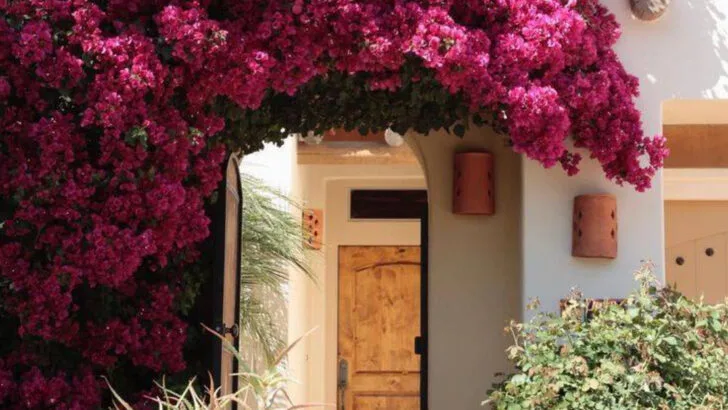Summer heat can be brutal, especially when it comes to keeping your garden alive and thriving. But with the right drought-tolerant plants, you don’t have to sacrifice beauty or greenery just because the weather is dry. These 18 plants are specially adapted to handle hot, dry conditions with minimal water, making them perfect for a low-maintenance summer garden.
From succulents and cacti to hardy perennials and flowering shrubs, these plants not only survive drought—they actually thrive in it. They bring vibrant color, interesting textures, and resilience to your outdoor space, all while saving you time and water.
If you want to enjoy a lush, flourishing garden this summer without constantly worrying about watering, these drought-tolerant plants are your new best friends. Plus, many of them attract pollinators and add a natural charm to even the hottest days.
Agave
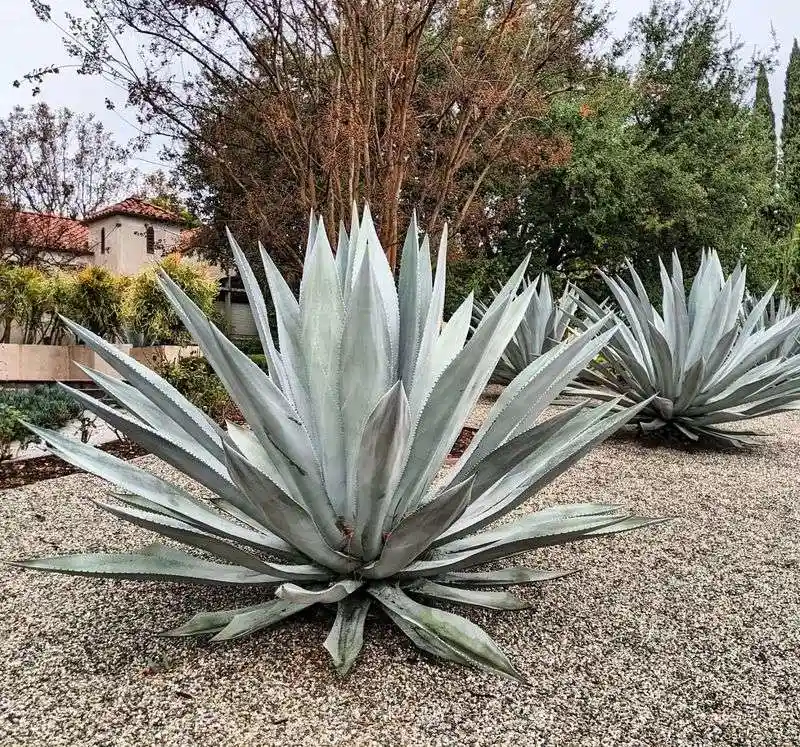
Imagine a plant that thrives on neglect—it’s the agave. With its strikingly architectural leaves, agave brings a modern touch to any garden. Originating from arid regions, it stores water in its fleshy leaves, making it a perfect drought survivor.
Agaves are not just hardy; they’re also visually stunning, with colors ranging from silvery blue to bright green. Whether you’re aiming for a desert landscape or a minimalist garden, this plant adapts beautifully. Plus, once established, it requires minimal watering, allowing you to save time and resources.
Lavender

Lavender is synonymous with tranquility and elegance. Its aromatic purple blooms not only beautify your garden but also attract a plethora of beneficial pollinators. Known for its hardiness, lavender enjoys basking in full sunlight and thrives in well-drained soil.
The plant’s low-maintenance nature makes it a favorite among gardeners who prefer less fuss. Whether used in borders or as a standalone feature, lavender adds a splash of color and a soothing fragrance to your surroundings. Its resilience against drought conditions further cements its place in summer gardens.
Aloe Vera

Aloe Vera isn’t just a miracle worker for skin; it’s a savior for arid gardens. Its succulent leaves are adept at retaining moisture, making it a top choice for drought-prone areas.
Beyond its practical uses, aloe vera’s striking appearance makes it a standout feature in any plant collection. Whether planted in a pot or directly in the ground, it requires minimal attention. What’s more, its ability to thrive in poor soil conditions means you can enjoy its benefits and beauty with little effort.
Bougainvillea
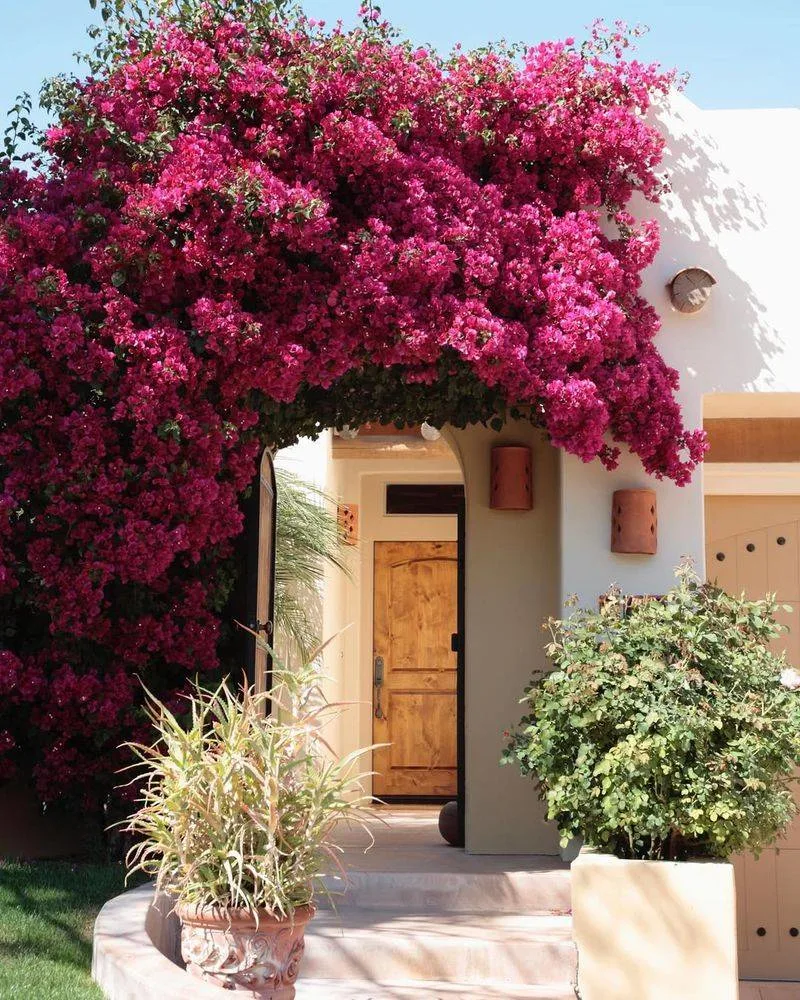
With its cascading blooms and vibrant colors, bougainvillea transforms spaces into tropical paradises. This hardy plant thrives in sunlight and requires little water, making it an excellent choice for hot climates.
Bougainvillea’s resilience is matched only by its beauty, offering vivid hues from fuchsia to orange. Whether sprawling over fences or climbing trellises, it creates a striking visual impact. Its drought tolerance ensures that it remains a lush spectacle even during dry spells, bringing continuous color to your garden.
Sedum
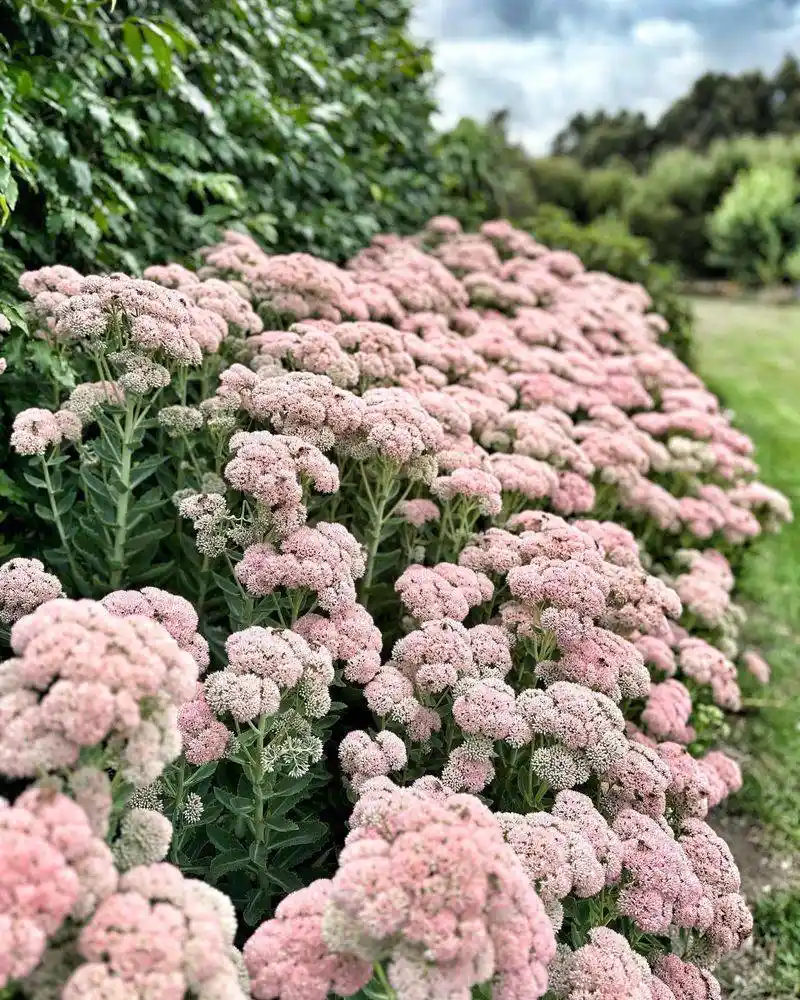
Sedum, known for its fleshy leaves and starry blooms, is a gardener’s delight. This ground-covering succulent thrives in a variety of conditions, from full sun to partial shade, making it versatile for any garden style.
Its charming clusters of flowers attract pollinators, adding life and movement to your landscape. Sedum’s ability to thrive with minimal water makes it a perfect candidate for rock gardens or borders, where it can spread and flourish even under the toughest conditions.
Yarrow
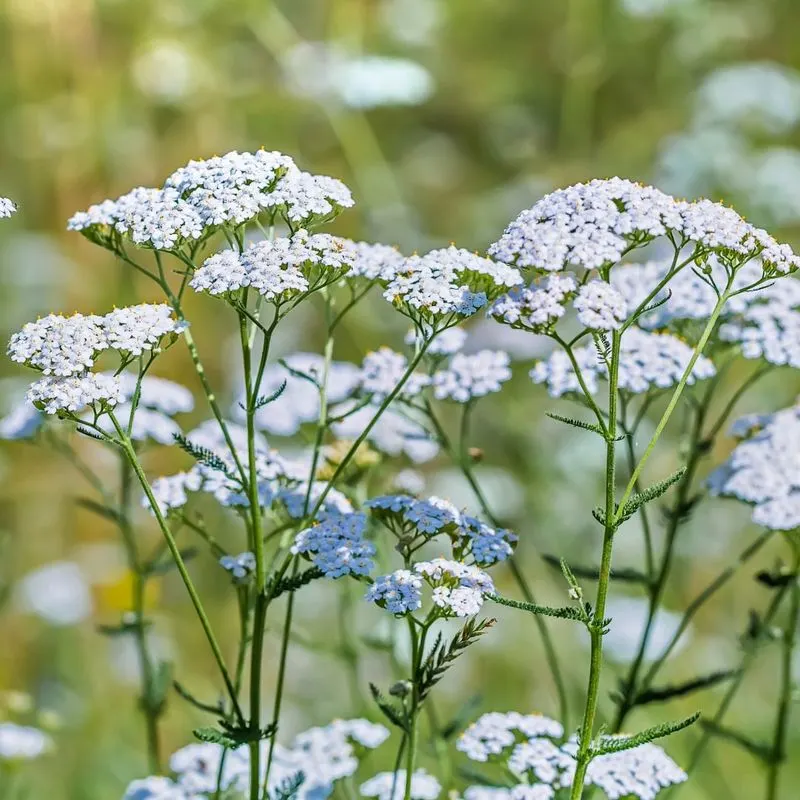
Yarrow is a testament to resilience and beauty. Known for its feathery foliage and clusters of flowers, it brings texture and color to your garden. This plant loves sunlight and thrives in well-drained soil, requiring little water once established.
Yarrow’s hardiness doesn’t detract from its charm. Available in various shades, from white to deep red, it complements any garden palette. Its ability to attract beneficial insects adds ecological value, making it more than just a pretty face in the summer heat.
Russian Sage
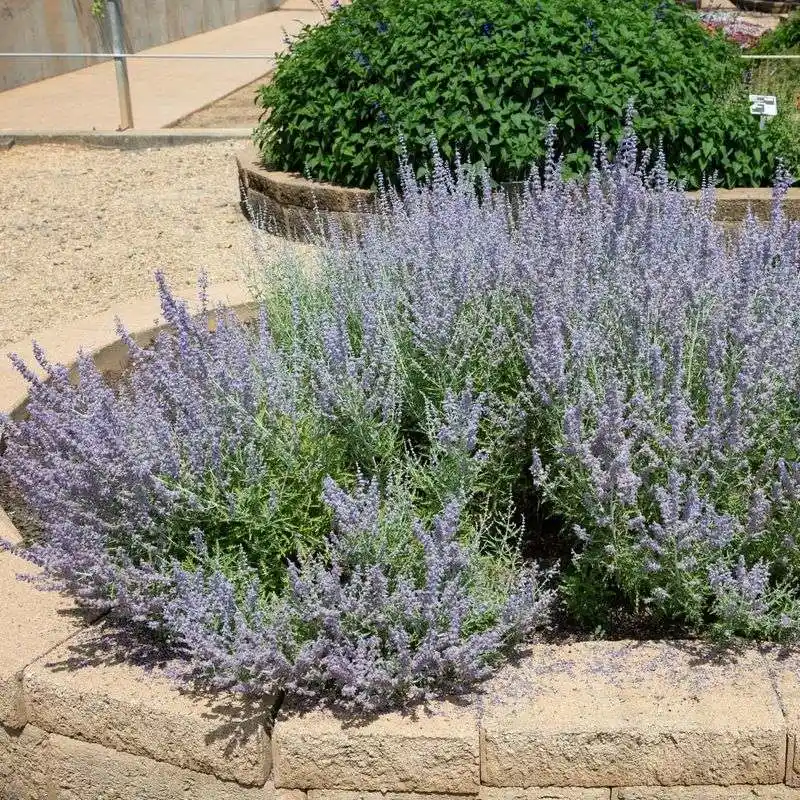
Russian Sage adds a touch of elegance with its silvery foliage and delicate purple flowers. Its tall, wispy structure creates a sense of movement and grace in any garden.
This plant thrives in full sun and well-drained soil, requiring little water once it’s settled in. Russian Sage isn’t just about looks; it also attracts pollinators, making your garden a lively, buzzing environment. Its drought tolerance ensures it remains vibrant even in the hottest summer months.
Rosemary

Rosemary is more than a culinary favorite; it’s a fantastic drought-tolerant plant. With its aromatic foliage and delicate flowers, rosemary adds both beauty and utility to any garden.
This hardy herb thrives in sunny spots with well-drained soil, requiring minimal watering. Not only does it provide fragrant greenery, but it also attracts pollinators, supporting local ecosystems. As a versatile plant, rosemary can be grown in containers or borders, making it a practical choice for various garden styles.
Echinacea
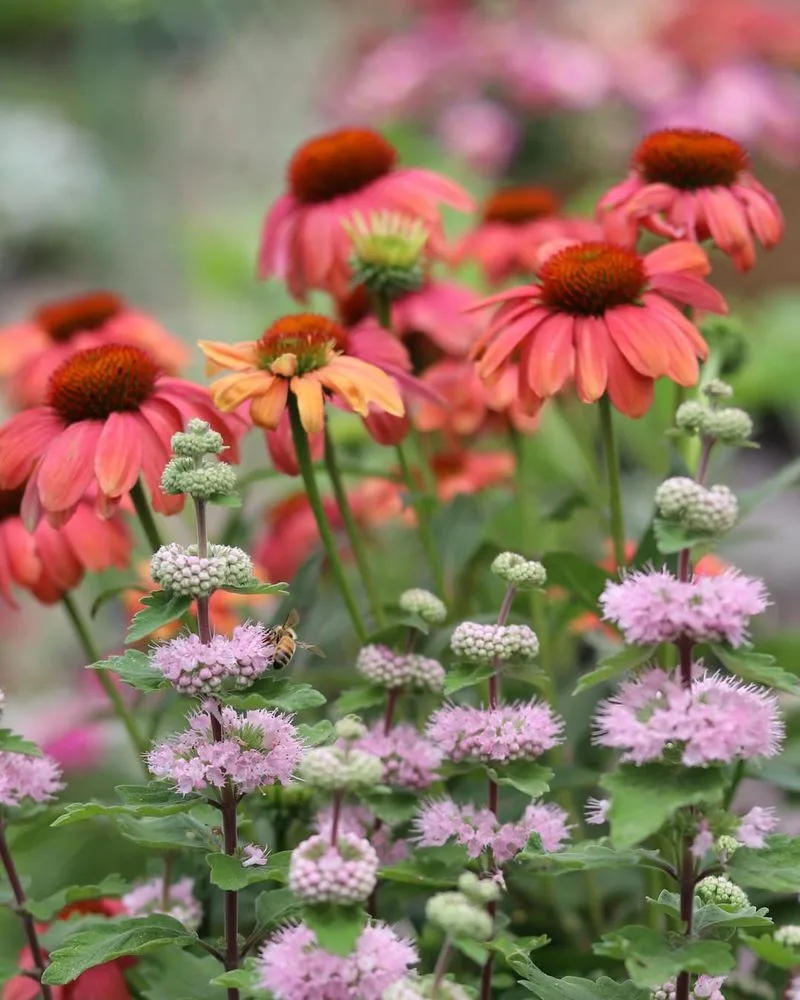
Echinacea, known for its striking coneflowers, is a resilient beauty that stands up to summer’s heat. Its vibrant petals and distinctive cones make it a focal point in any garden.
Beyond its aesthetic appeal, echinacea is low-maintenance, thriving in sunny locations with well-drained soil. It requires little water once established, making it perfect for drought conditions. Known to attract butterflies and bees, it’s not just a plant but a supporter of biodiversity.
Gaillardia
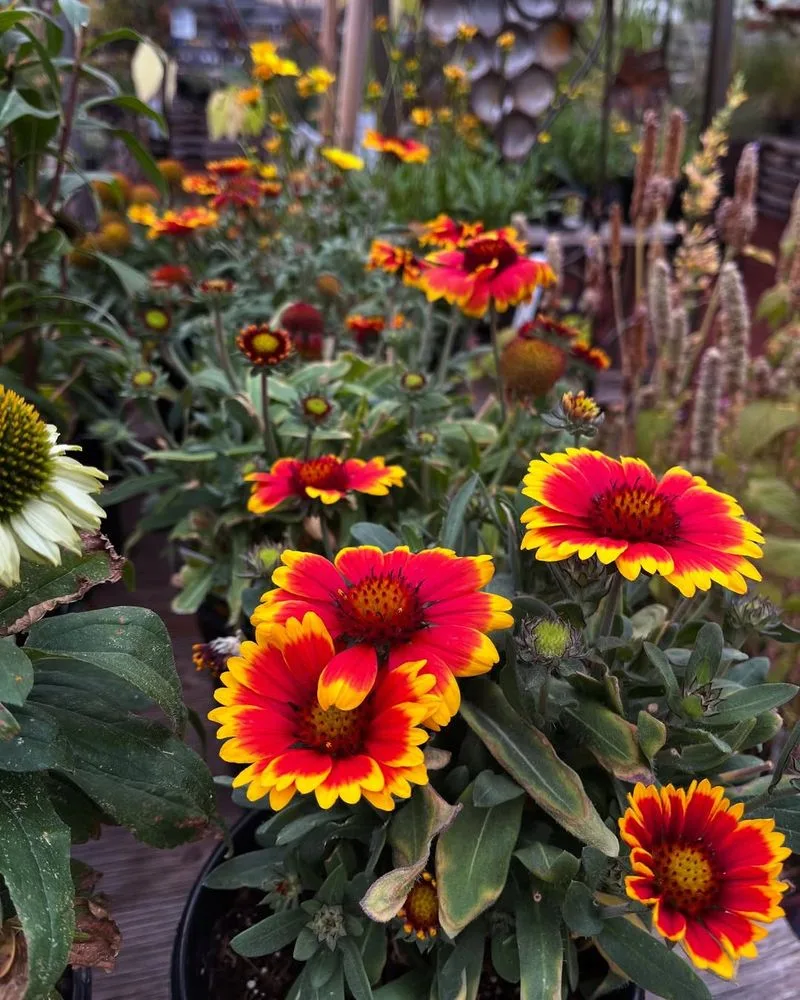
Gaillardia, or blanket flower, bursts onto the scene with its bold, fiery hues. Its red and yellow blooms seem to capture the essence of a summer sunset. Known for its ability to thrive in poor soil, it requires minimal water once established.
This plant not only brightens your garden but also attracts pollinators, adding vibrancy and life. Its hardiness and long blooming season make it a garden favorite, offering continuous color with little effort on your part.
Thyme
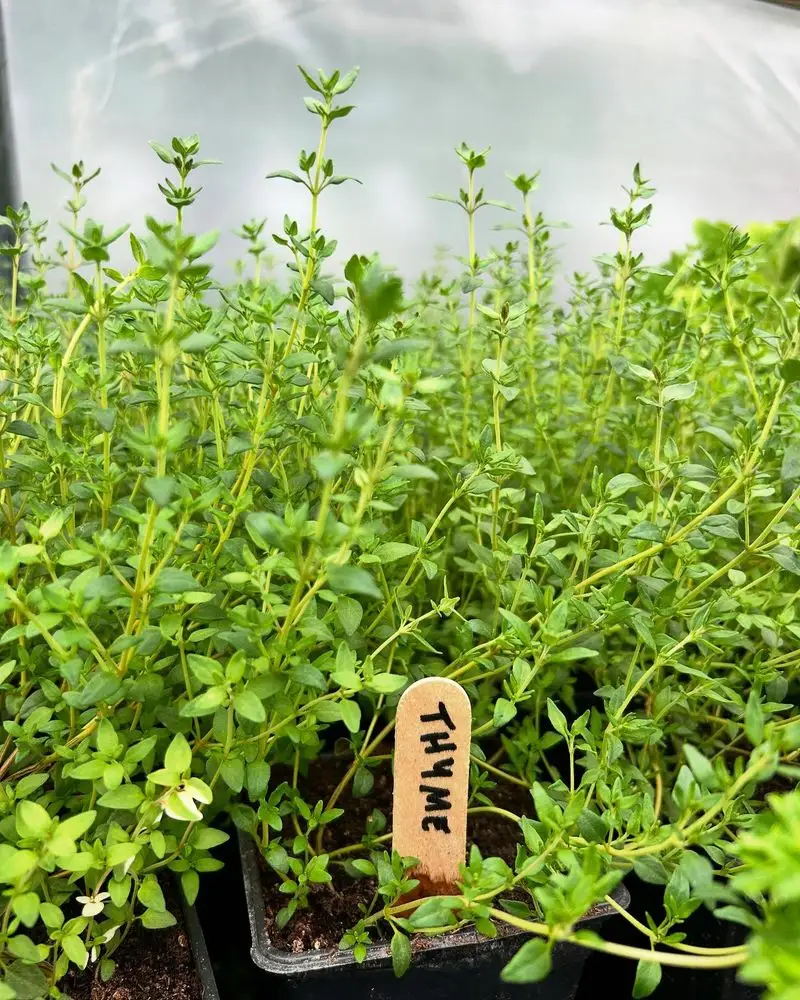
Thyme is a small herb with a powerful presence. Its aromatic leaves and tiny flowers make it a versatile addition to gardens, serving both culinary and ornamental purposes.
This low-growing plant thrives in full sun and well-drained soil, requiring minimal watering. Thyme’s drought tolerance and ability to grow in challenging conditions make it ideal for rock gardens or as ground cover. Its fragrant foliage also attracts beneficial insects, supporting a healthy garden ecosystem.
Lantana

Lantana is a burst of color and resilience, perfect for sun-drenched gardens. Its clusters of vibrant flowers change colors as they mature, providing a dynamic visual display.
This hardy plant thrives in full sun and tolerates drought conditions once established. Lantana is not just a visual treat but also attracts butterflies, adding movement and life to your garden. Its robust nature and continuous blooming make it a favorite for gardeners looking to add lasting color.
Portulaca

Portulaca, or moss rose, is a cheerful addition to any garden with its bright, cheerful blooms. This low-growing plant thrives in full sun and poor soil, requiring minimal water.
Its flowers open in the morning sun and close by evening, adding a rhythm to your garden. Portulaca’s drought tolerance and spreading habit make it ideal for borders or as ground cover. With its colorful display, it draws attention and admiration, offering beauty with little upkeep.
Euphorbia

Euphorbia stands out with its unique structure and vibrant foliage. Often characterized by its spiky leaves and small flowers, this plant adds an architectural element to gardens.
Euphorbia thrives in full sun and well-drained soil, requiring minimal water. Its ability to tolerate drought conditions makes it perfect for challenging landscapes. As a bonus, many euphorbia species deter pests, ensuring your garden remains healthy and vibrant without much effort.
Salvia
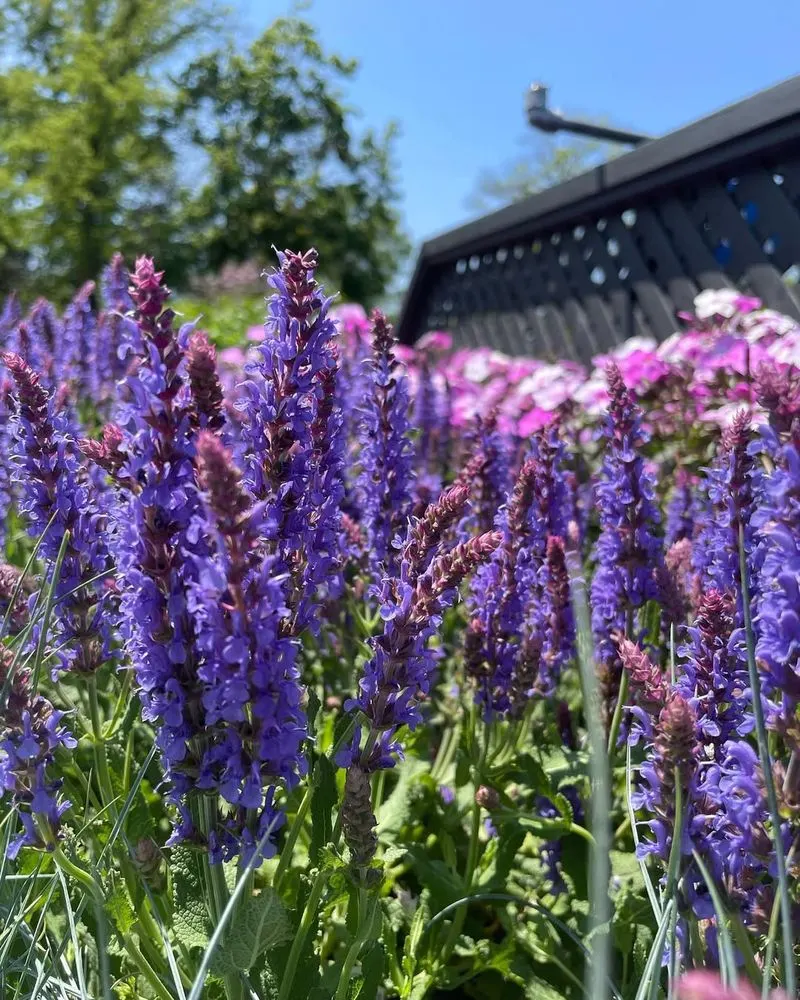
Salvia, with its tall, elegant spikes of flowers, brings grace and color to gardens. Available in shades of blue, purple, and pink, it attracts both the eye and pollinators.
This hardy plant thrives in sunny conditions with well-drained soil, requiring little water once established. Salvia’s resilience and long blooming period make it a mainstay in drought-tolerant gardens. Its ability to support wildlife further enhances its appeal, offering more than just visual delight.
Ice Plant
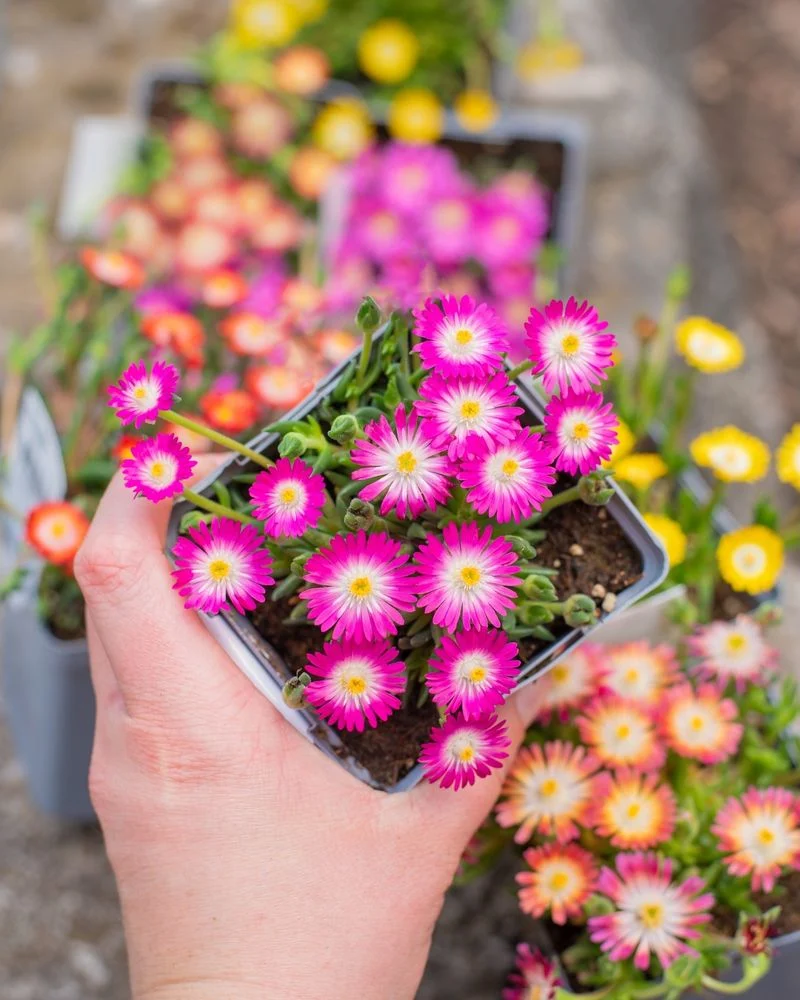
The Ice Plant is a showstopper with its brilliant flowers and succulent leaves. Known for its ability to thrive in sandy, poor soil, it requires minimal watering.
Its flowers, which resemble jewels, open in the sunlight and close as the day ends. This plant’s drought tolerance and spreading nature make it ideal for rock gardens or as eye-catching ground cover. With a splash of color, it transforms any dry space into a vibrant display of resilience.
Crape Myrtle
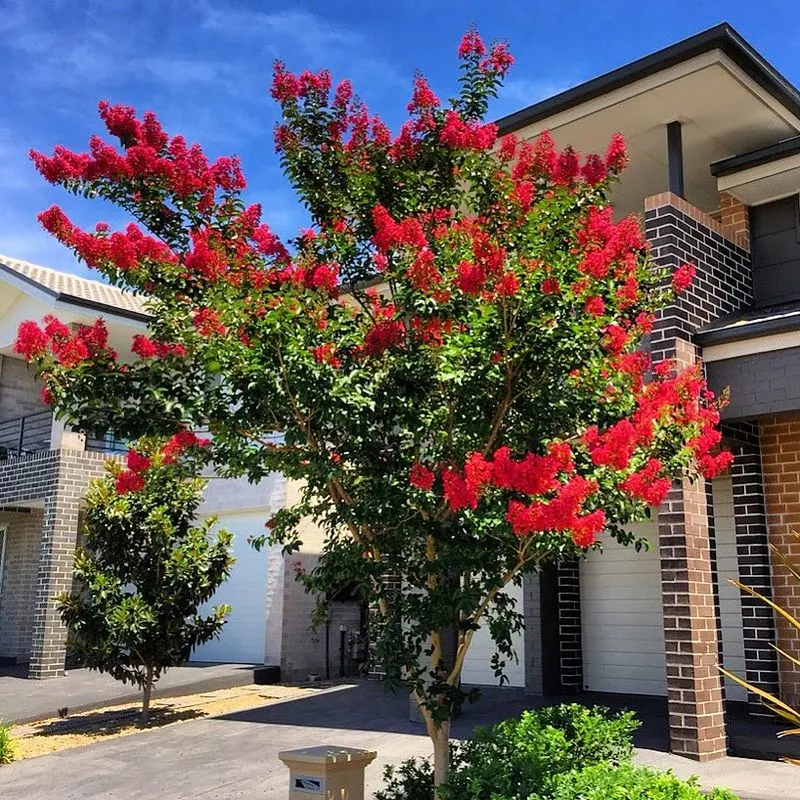
Crape myrtle is a beacon of beauty and endurance, famed for its long-lasting blooms and colorful bark. This tree thrives in full sun and requires minimal water once established, making it ideal for dry climates.
Its flowers, ranging in color from pink to white, create a stunning contrast against its smooth, mottled bark. Crape myrtle is more than just aesthetically pleasing; its drought tolerance ensures it remains a garden staple even in challenging conditions.
Coneflower
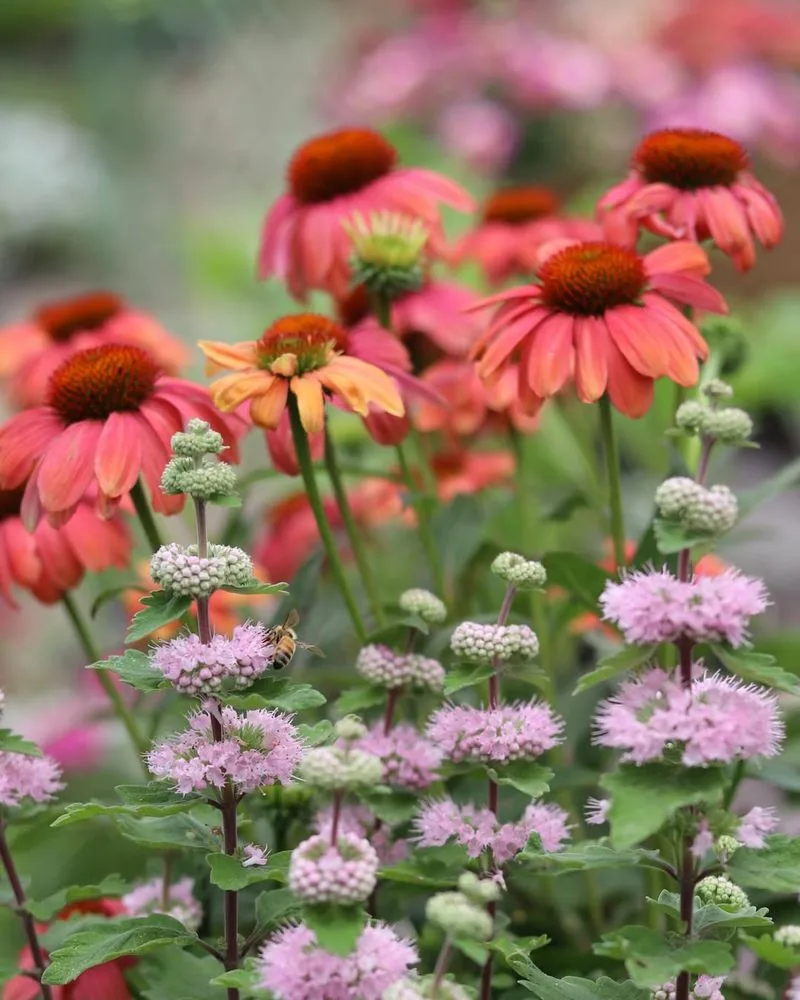
Coneflowers, or echinacea, are celebrated for their distinct daisy-like blooms. Known for their sturdy nature and vibrant hues, they thrive in poor soil and need minimal water once established.
These flowers attract butterflies and bees, making them a lively addition to any garden. Coneflowers’ ability to withstand drought makes them a practical choice for those looking to maintain beauty without excessive watering. Their long blooming season ensures that your garden remains colorful throughout the summer.

